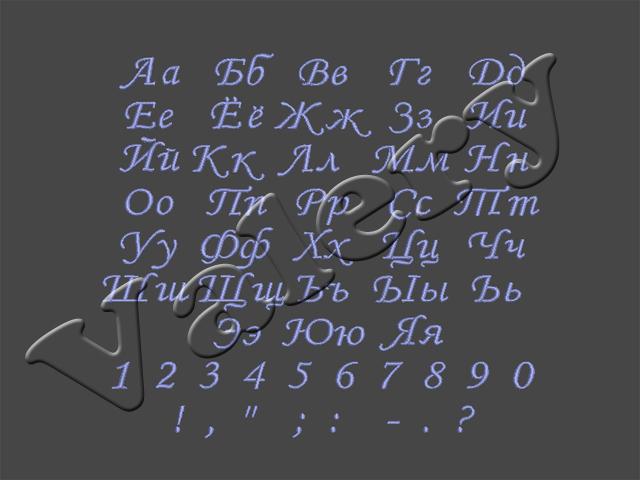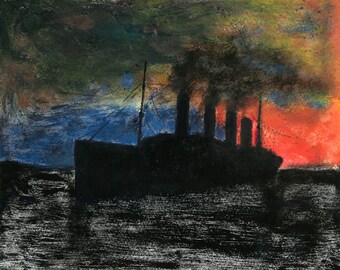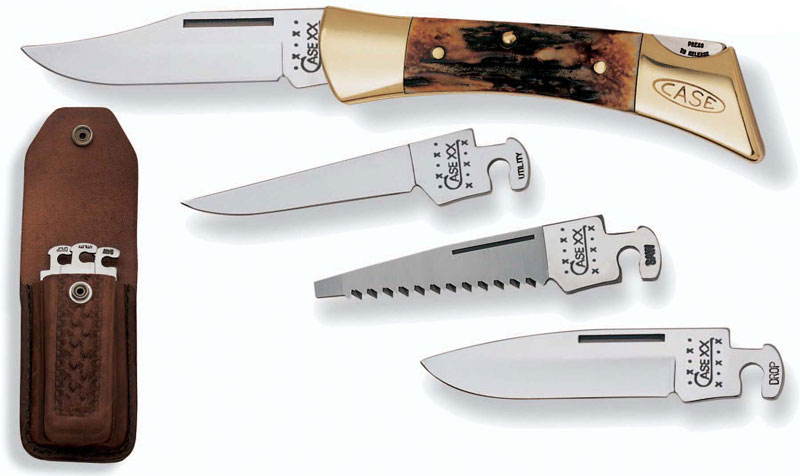

focused on selling Pre-press software and hardware, Raster_image_processor RIPs and workflow.Ĭromas Holdings reorganized its publishing interests with the formation of the International Publishing Asset Holding Ltd.
#MONOTYPE CORSIVA HISTORY LICENSE#
was the adopted name for the new organization with Peter Purdy as Chairman, the name Monotype was under license from Monotype Typography Ltd which retained the trademark Monotype. (excluding Monotype Typography) and five other direct subsidiary companies in France, Germany, Italy, the Netherlands, and Singapore. Cromas Holdings, an investment company based in Switzerland, bought the Monotype Corporation Ltd. appointed Administrative Receivers on 5 March and four days later Monotype Typography Ltd. The produced the first Laser typesetter the Monotype Lasercomp. A research and development department was set up in Cambridge to isolate it from day to day production issues. Later the company was split into three divisions: Monotype International, which manufactured spinning mirror switched laser beam phototypesetters Monotype Limited, which continued the hot metal machines and Monotype Typography, which designed and sold typefaces. In 1936 the company was floated on the London Stock Exchange and became the Monotype Corporation Ltd. For much of that century the company ran a compositor (typesetter operator) training school in London. The program of revivals of old typefaces and the commissioning of new ones was a major part of the typographic renaissance of the period. Many of the typefaces familiar today were introduced during the first half of the twentieth century, such as Times New Roman and Perpetua. Once the matrix is positioned over the mould that forms the rest of the piece of type being cast, molten type metal is injected. Each matrix is a rectangle of copper recessed with the shape of the letter.

The subsequent holes determine the position of a frame, or die case, that holds the set of matrices for the face being used. Before fitting the tape to the caster it is turned over so that the first holes read on each line set the width of the variable space. This information is also punched in the paper. A drum on the keyboard indicates to the operator the space required for each line. The keyboard operator types the copy, each key punching holes in a roll of paper tape that will control the separate caster. This arrangement addressed the need to vary the space between words so that all lines were the same length. The typesetting machines were continually improved in the early years of the twentieth century, with a typewriter style keyboard for entering the type being introduced in 1906.

This was more useful for "quick" printing - such as newspapers. But Linotype slugs were easier to handle if moving a complete section of text around a page. Editing these required replacing an entire line (and if the replacement ran on to another line, the rest of the paragraph). In contrast the Linotype machine formed a complete line of type in one bar.

This was particularly useful for "quality" printing - such as books. Thus spelling mistakes could be corrected by adding or removing individual letters. The original Monotype machine used "hot metal" to form individual letters. The company was of sufficient size to justify the construction of its own railway station. In 1899 a new factory was built in Salfords near Redhill in Surrey where it has been located for over a century. In a search for funding, the company set up a branch in London in 1897 under the name Lanston Monotype Corporation Ltd. The licenses for the Lanston type library have been acquired by P22, a digital type foundry based in Buffalo, New York. In 1896 Lanston patented the first hot metal typesetting machine and Monotype issued Modern Condensed, its first typeface. Lanston had a patented mechanical method of punching out metal types from cold strips of metal which were set (hence typesetting) into a matrix for the printing press. The Lanston Monotype Machine Company was founded by Tolbert Lanston in Washington D.C.


 0 kommentar(er)
0 kommentar(er)
